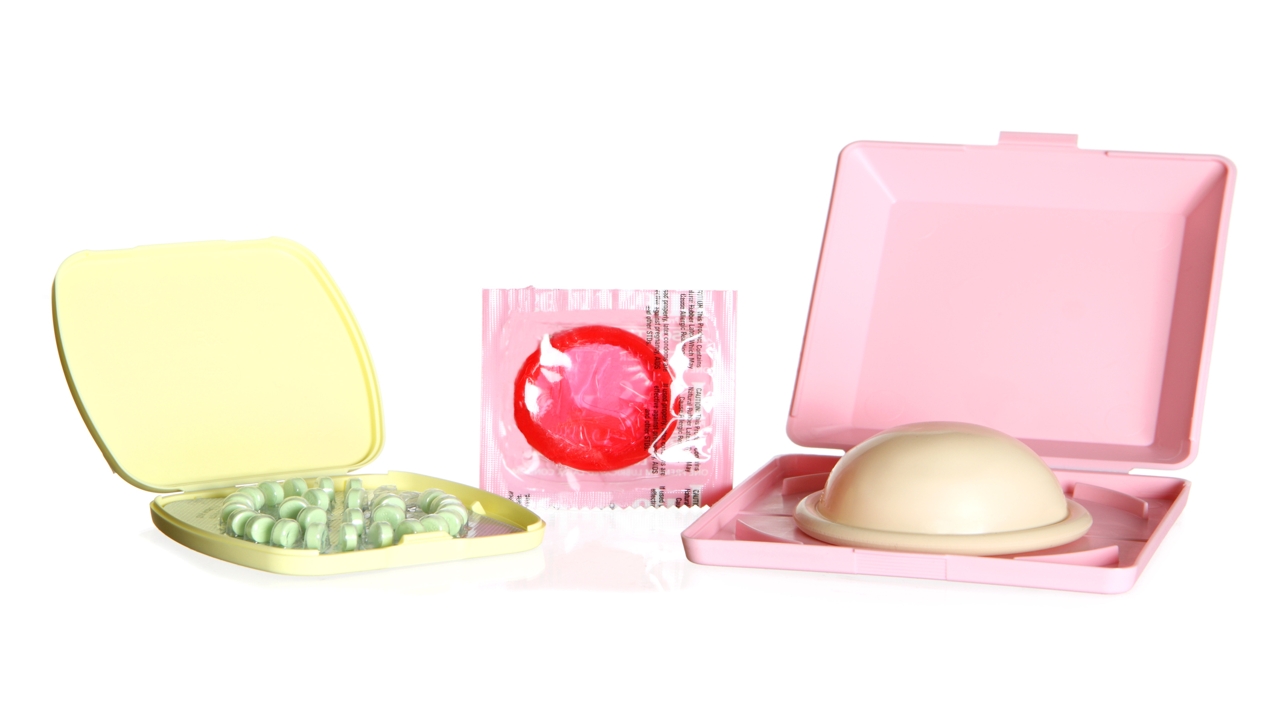
Birth control is an essential right practiced by many women, world over. This article gives an overview on the various options that are available for birth control.
Birth control, also known as contraception, or even family planning, is a voluntary prevention of pregnancy. It is not just a modern-day practice, and was widely used in the ancient times. The only difference being, the ancient methods were more crude, had more failures, and relied mainly on male participation. The birth control methods practiced today provide better results, are safer, and gender specific too. Advancement of medical science has not only made it safe for women to prevent conception, but also avoid pregnancy in case of conception.
Abstinence
Abstinence is a 100% effective contraception available to both men and women. Abstinence refers to voluntarily refraining from sexual activity, either to avoid pregnancy or for avoiding transmitting STDs. Although it is the best birth control method, it has the least practice percentage.
Natural Family Planning (NFP)
This is a part of the fertility awareness program, where bodily functions like the body’s temperature and changes in cervical mucus each day and menstrual cycle are calculated. Based on all these readings, abstinence is practiced during the ovulation period, usually 8 days, to avoid pregnancy.
Withdrawal & Sterilization
Withdrawal as well as sterilizations do not help in preventing STDs. Withdrawal refers to withdrawing the penis from the vagina before ejaculation can occur. Sterilization for men involves vasectomy. Vasectomy is the surgical closing of tubes that carry sperms. Female sterilization is of two kinds―tubectomy (tubal ligation) and hysterectomy. Tubal ligation is the surgical closing of the fallopian tubes that carry the eggs from the ovaries to the uterus, while hysterectomy refers to the surgical removal of the uterus. Sterilization is not reversible, and should be done after proper counseling or on medical advice.
Hormonal Birth Control
Hormonal medications contain manufactured forms of estrogen and/or progesterone. These hormones work by preventing the ovaries from releasing eggs each month, thinning the lining of the uterus wall, thereby reducing the chances of a fertilized egg implanting itself in the uterus wall, or causing the cervical mucus to thicken making it difficult for sperm to reach and fertilize the egg. Not all hormonal medications protect against the transmission of STDs.
Following are the different hormonal birth control methods:
- Birth Control Pills: Also known as oral contraceptives, birth control pills are taken daily, preferably at the same time each day. They are made up of synthetic forms of estrogen and progesterone hormones. Oral contraceptives are available under different brands in a package of 28 pills that contain 21 active pills with hormones and 7 placebo pills.
- Vaginal Ring: Vaginal ring is a soft, flexible plastic ring containing synthetic hormones that is inserted into the vagina for a period of three weeks, and removed for one week. After this, it is replaced with a new ring. The ring releases estrogen and progesterone into the body, by the way of absorption of the hormones from the vaginal ring into the reproductive system.
- Depo-Provera: Depo-Provera is an injection containing a synthetic hormone called depot-medroxyprogesterone acetate (DMPA). It is given in the upper arm or in the buttocks. The first injection is given within the first five days of menstruation, and followed up with injections repeated every 11 to 13 weeks. It regulates the ovaries in the same way as progesterone does.
- Intrauterine Device (IUD): A T-shaped piece of plastic, this intrauterine device contains copper or hormones, and is placed inside the uterus. The hormones in the IUD release a low dose of a synthetic hormone continually throughout the day, thickening cervical mucus and changing the lining of the uterus.
Barrier Methods
Barrier methods use physical or chemical barriers that keep sperms from entering the uterus and reaching the egg to fertilize it. Barrier devices work extremely well to protect one from STDs. They prevent the sperm from entering the uterus and reaching the egg.
Following are the types of different barrier birth control methods:
- Male Condom: The male condom is the most common barrier method used. It is a thin, latex rubber shaped as a tube, which is rolled over the erect penis prior to ejaculation.
- Female Condom: The female condom is a seven-inch long pouch made of polyurethane with two flexible rings, and is inserted into the vagina. It covers the areas close to the vagina, the cervix, and the vaginal canal.
- Diaphragm: The diaphragm is a soft, rubber dome-shaped barrier filled with spermicidal cream. It is inserted into the vagina and placed over the cervix, around three hours prior to a sexual act. The diaphragm blocks sperms from entering the uterus, and the ones that do manage to slip in are killed by the spermicide.
- Spermicides: Spermicides are chemical products that come in the form of a cream, jelly, foaming tablets, and vaginal suppositories. The chemical is designed to kill sperms. They are most effective when used with the other forms of barrier methods.
Birth control pills are also available for those who have had unprotected sex. However, they are not to be used as a contraception, but more as a preventive measure. It is imperative to consult a medical practitioner or a gynecologist before self-medicating or using one of the barrier methods. Please bear in mind that some of the birth control measures have a failure rate, and cannot help in preventing the transmission of STDs.
